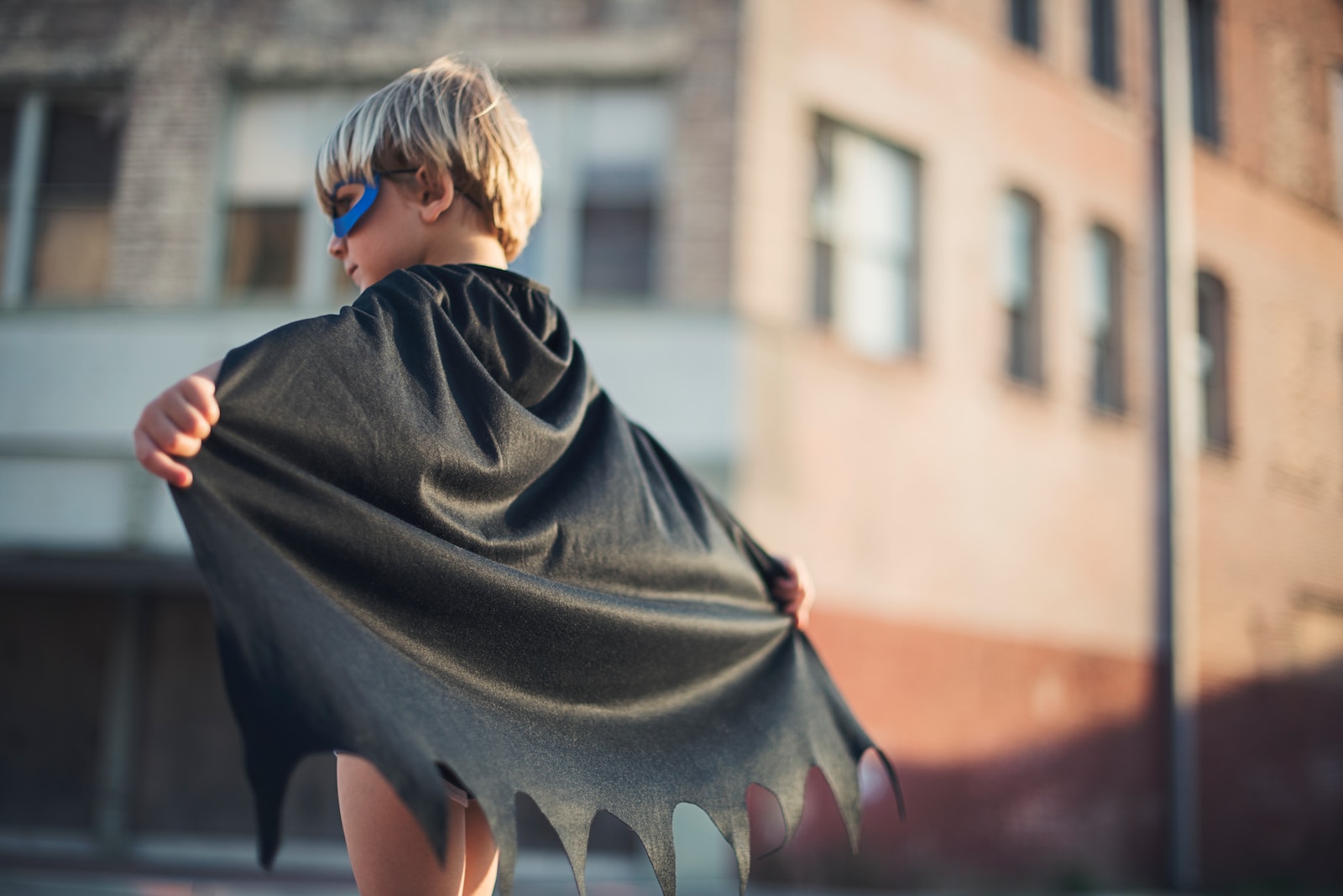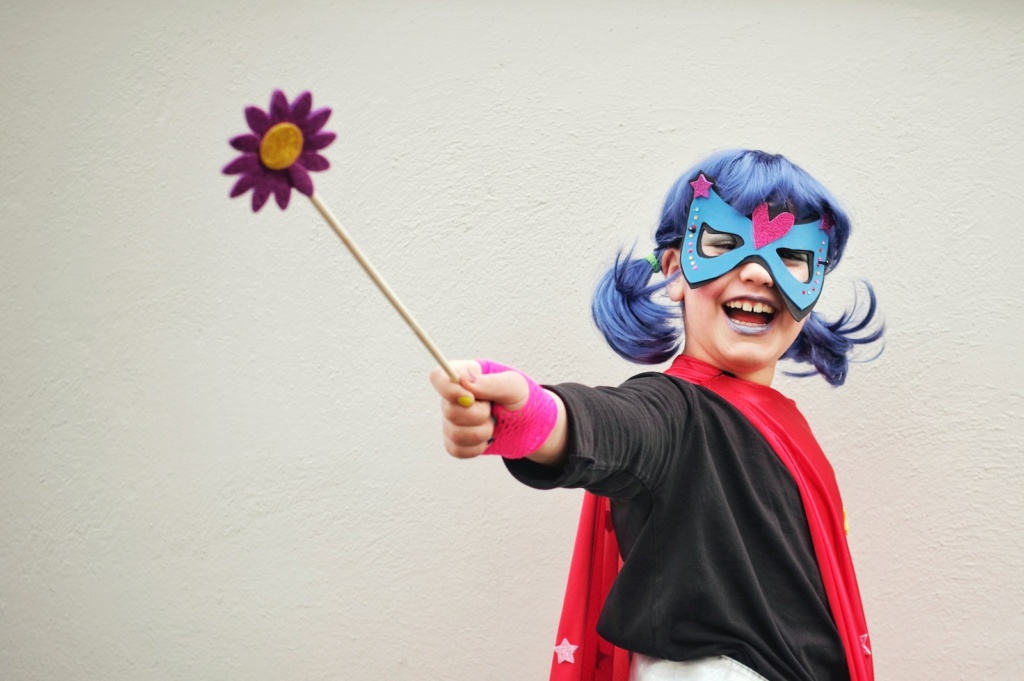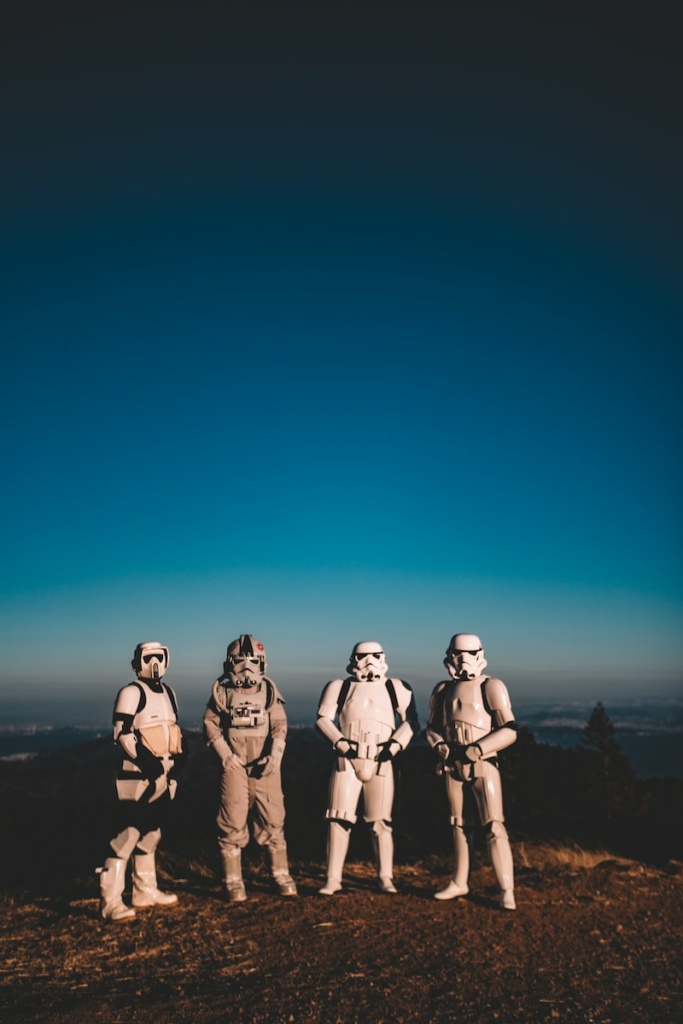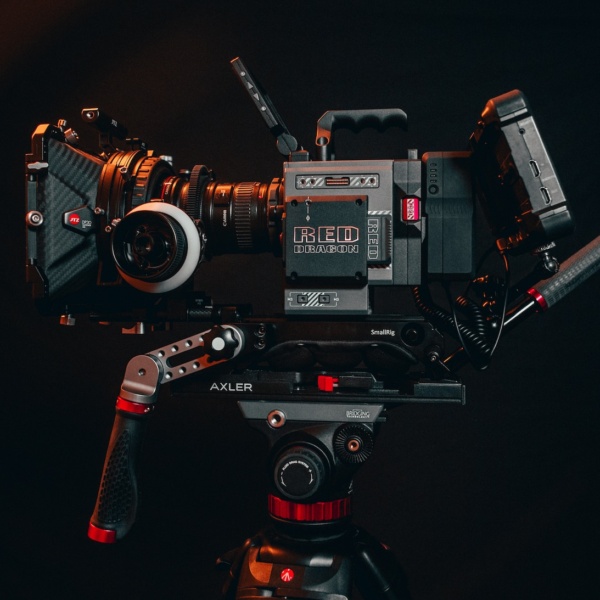
Hello, fellow TV enthusiasts! Emma here, your cinematic tour guide, and today, we’re diving headfirst into the fascinating world of costume design in television series. Just as a well-tailored suit can transform an actor into a character, the clothes characters wear on screen play a pivotal role in shaping their identity and storytelling. So, grab your popcorn, settle in, and let’s explore how costume designers work their magic to breathe life into our beloved TV characters, complete with a touch of humor and behind-the-scenes anecdotes.
The Power of Wardrobe: Beyond the Fabric
Costume design is more than just selecting clothes; it’s a complex art form that influences character development, storytelling, and audience engagement.
Establishing Character Identity
Costume designers work closely with actors and showrunners to develop a character’s visual identity. Clothing choices reflect personality traits, occupations, and cultural backgrounds.
Example: In “Breaking Bad,” Walter White’s transformation from a mild-mannered chemistry teacher to a ruthless drug lord is mirrored in his shift from unassuming clothing to dark, utilitarian attire.
Storytelling Through Wardrobe

Costumes can convey a character’s arc, emotional state, and even foreshadow plot developments. Subtle wardrobe changes can speak volumes to attentive viewers.
Example: In “Game of Thrones,” Daenerys Targaryen’s wardrobe evolves from vulnerable to regal as she gains power and confidence.
Historical and Cultural Accuracy
In period dramas or series set in specific cultural contexts, costume designers meticulously research and recreate clothing to transport viewers to different times and places.
Example: “The Crown” captures the fashion evolution of the British royal family over decades, from Queen Elizabeth’s post-war conservatism to Princess Diana’s ’80s glamour.
The Creative Process: From Concept to Costume
Costume design is a collaborative process that involves research, concept development, sketching, and the creation of custom-made garments or the selection of ready-made pieces.
Research and Inspiration
Costume designers delve into historical references, photographs, and literature to gather inspiration and ensure accuracy. They must understand the characters’ backgrounds and the world they inhabit.
Example: In “Mad Men,” costume designer Janie Bryant meticulously researched the 1960s era to recreate the stylish, sophisticated look of the advertising agency.
Concept Development
Designers work closely with directors and showrunners to develop a visual concept that aligns with the series’ tone and narrative. Mood boards, color palettes, and sketches are essential tools.
Example: The dystopian world of “The Handmaid’s Tale” is brought to life through the striking and oppressive red robes worn by the Handmaids.
Custom-Made or Sourcing

Costume designers decide whether to create custom-made garments or source existing pieces. For historical or fantasy series, custom designs are often essential.
Example: In “Westworld,” the elaborate costumes for the hosts are custom-made to match the old-western and futuristic settings.
Character Transformation Through Wardrobe
One of the most exciting aspects of costume design is how it can visually communicate a character’s evolution and transformation over the course of a series.
Evolution of Style
As characters grow or change, their wardrobe can reflect these shifts. A change in clothing can signify personal growth, rebellion, or a shift in status.
Example: In “Stranger Things,” Eleven’s transition from a government experiment to a teenage girl is marked by a change in her wardrobe from a hospital gown to ’80s-inspired fashion.
Emotional States
Costumes can mirror characters’ emotional states. A character in distress may appear disheveled, while someone confident and composed will be impeccably dressed.
Example: In “The Queen’s Gambit,” Beth Harmon’s wardrobe evolves from modest, orphanage-appropriate clothing to stylish, confident ensembles that reflect her success.
The Unsung Heroes: Costume Designers
Behind every well-dressed character is a talented costume designer who brings their vision to life. These professionals are the unsung heroes of TV series production.
Notable Costume Designers
Some costume designers have become legends in the industry, recognized for their exceptional work in shaping characters and worlds.
Example: Ruth E. Carter, known for her work on “Black Panther,” became the first African American to win an Academy Award for Best Costume Design.
The Impact of Awards
Costume designers are celebrated through awards like the Emmy for Outstanding Contemporary Costumes or the Costume Designers Guild Awards. Recognition highlights their vital role in storytelling.
Example: Michele Clapton, the costume designer for “Game of Thrones,” received numerous awards for her intricate work on the fantasy series.
Cultural and Societal Influence
Television series have a profound influence on fashion trends and cultural perceptions. Iconic costumes can become cultural touchstones and symbols.
Fashion Trends
Costumes from popular TV series can inspire fashion trends and influence the way people dress in real life.
Example: The preppy fashion of “Gossip Girl” had a significant impact on young adults’ clothing choices in the mid-2000s.
Cultural Symbols
Certain TV costumes become cultural symbols, instantly recognizable and associated with a particular character or moment.
Example: The red robes and white bonnets of “The Handmaid’s Tale” have become symbols of protest and women’s rights advocacy.
The Future of Costume Design in TV
As television series continue to push creative boundaries and explore new genres, costume design will play an increasingly essential role in storytelling.
Diversity and Representation
Costume designers are now embracing diversity and inclusion, ensuring that characters from different backgrounds are authentically represented through their clothing.
Example: The costumes in “Pose” celebrate the vibrant fashion of the LGBTQ+ ballroom culture in the 1980s.
Technological Advancements
Advancements in technology are enabling costume designers to experiment with materials, textures, and special effects, enhancing the visual impact of costumes.
Example: In “Westworld,” the intricate host costumes incorporate cutting-edge technology and design.
Conclusion: Dressing Up the Small Screen
Costume design in television series is a powerful art form that transcends aesthetics. It shapes characters, conveys narratives, and influences culture. As you enjoy your favorite TV series, take a moment to appreciate the intricate work of costume designers who breathe life into characters, one stitch at a time.
Stay tuned for more cinematic adventures, my fellow TV enthusiasts, and may your screens be filled with characters whose wardrobes tell compelling stories of their own!


